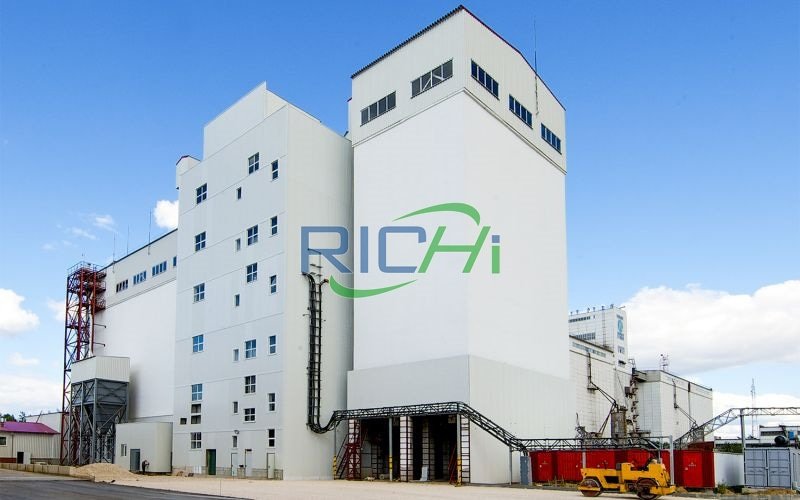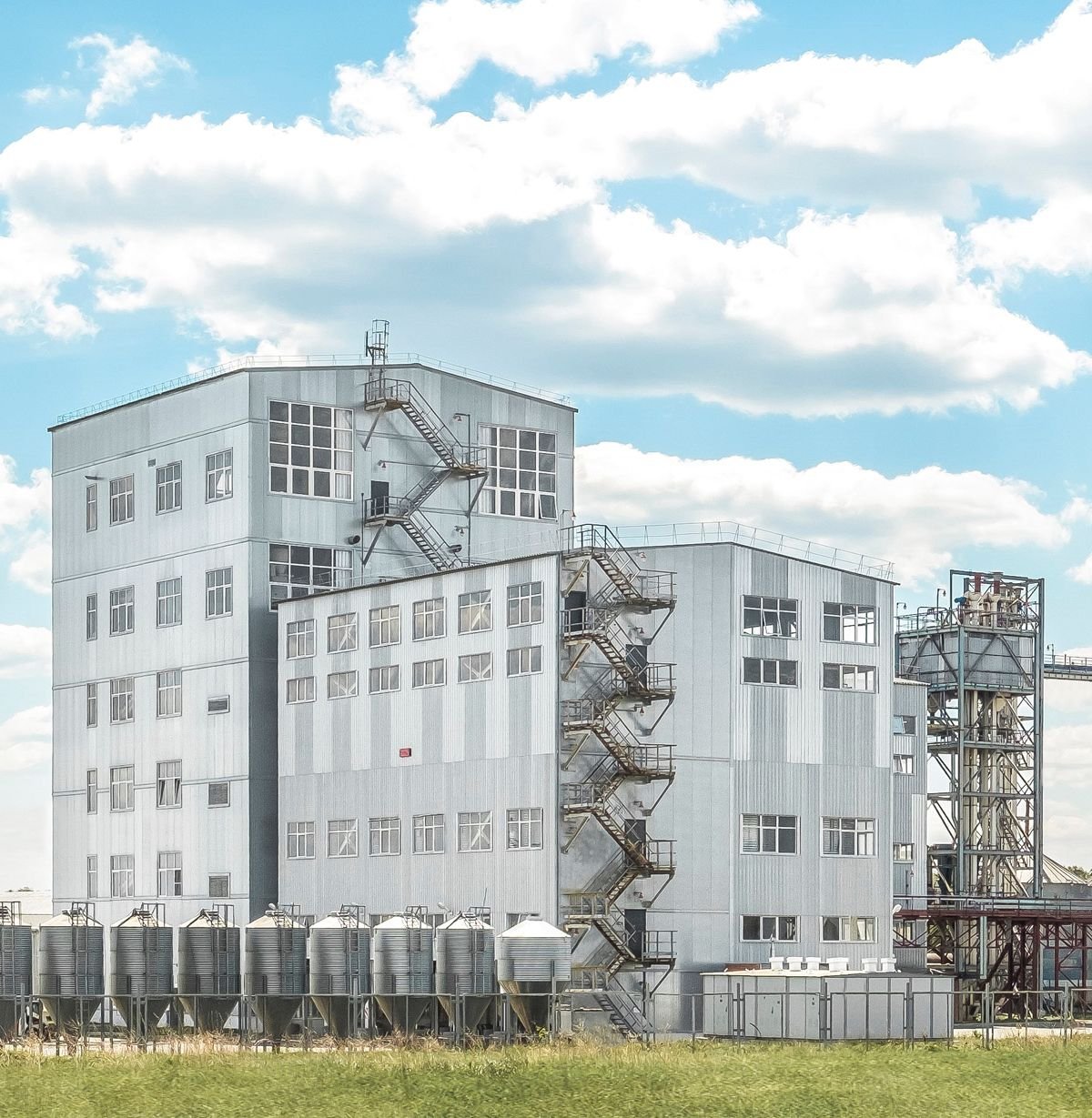The production of animal feed is a complex process that involves several critical steps, each of which plays a vital role in ensuring the quality and efficiency of the final product. A well-designed animal feed making machine, particularly one with a capacity of 10 t/h, must effectively execute these steps to meet the demands of the livestock industry. This article outlines the key steps in the production process and highlights their importance in achieving optimal results.
1. Raw Material Reception and Cleaning
The first step in the animal feed production process involves receiving and cleaning raw materials. This stage is crucial for ensuring that the feed produced is safe and of high quality.
- Receiving Raw Materials: Upon arrival, raw materials such as grains, legumes, and additives are inspected for quality. This includes checking for moisture content, foreign materials, and overall appearance.
- Cleaning Process: Cleaning is essential to remove impurities, dust, and foreign objects that could contaminate the feed or damage the machinery. This process typically involves the use of magnets, screens, and air classifiers to ensure that only clean, high-quality materials enter the production line.
2. Crushing Process
Once the raw materials are cleaned, they undergo the crushing process, which is vital for preparing them for mixing and pelleting.
- Grinding Equipment: A hammer mill or roller mill is commonly used to crush the raw materials into smaller particles. The desired particle size depends on the type of feed being produced and the specific requirements of the livestock.
- Importance of Particle Size: Achieving the correct particle size is crucial for ensuring uniform mixing and effective pelleting. Finer particles allow for better nutrient absorption and improve feed efficiency.

3. Mixing Process
The mixing process is one of the most critical steps in the production of animal feed, as it ensures that all ingredients are evenly distributed throughout the feed.
- Batching: Ingredients are carefully measured and batched according to the specific formulation for the feed. Accurate batching is essential for maintaining the nutritional balance of the feed.
- Mixing Equipment: A horizontal or vertical mixer is used to combine the ingredients thoroughly. The goal is to achieve a homogeneous mixture that ensures consistent nutrient distribution in the final product.
- Mixing Time and Uniformity: The mixing time must be optimized to achieve the desired uniformity. Inadequate mixing can lead to nutrient segregation, resulting in inconsistent feed quality.
4. Conditioning Process
Conditioning is a crucial step that prepares the feed mixture for pelleting by improving its moisture content and temperature.
- Steam Conditioning: The feed mixture is subjected to steam treatment, which helps to gelatinize starches and improve the binding properties of the ingredients. This process enhances pellet quality and reduces energy consumption during pelleting.
- Temperature Control: Proper conditioning temperature is essential for achieving optimal pellet quality. The conditioning process typically raises the temperature of the feed mixture to around 70-80°C (158-176°F).
5. Pelleting Process
The pelleting process is the heart of animal feed production, where the conditioned feed mixture is compressed into pellets.
- Pellet Mill: The feed mixture is fed into a pellet mill, where it is forced through a die under high pressure. The die’s design and size determine the shape and size of the pellets produced.
- Importance of Pelleting: Pelleting improves feed efficiency by reducing waste and enhancing nutrient absorption. It also makes the feed easier to handle, transport, and store.
- Cooling and Drying: After pelleting, the hot, moist pellets must be cooled to reduce moisture content and prevent spoilage. A counterflow cooler is typically used to achieve this.
6. Crumbling Process
For certain types of livestock, particularly young animals, crumbling the pellets into smaller particles may be necessary.
- Crumbling Equipment: A crumbler machine is used to break down larger pellets into smaller pieces. This process is essential for meeting the dietary needs of young or small animals that may struggle with larger pellets.
- Benefits of Crumbling: Crumbled feed improves digestibility and reduces feed waste, making it an essential step for specific feeding programs.
7. Screening and Grading
After cooling and crumbling, the feed pellets undergo screening and grading to ensure quality control.
- Screening Equipment: A vibrating screen is used to separate fines and oversized pellets from the desired product. This step ensures that only pellets of the correct size and quality proceed to packaging.
- Quality Assurance: Grading helps maintain consistent product quality and ensures that any substandard pellets are recycled back into the production process for re-pelleting or crumbling.
8. Packaging Process
The final step in the production process is packaging the finished animal feed for storage and distribution.
- Automated Packaging Machines: Automated bagging machines can weigh, fill, and seal bags of feed with high accuracy and efficiency. This reduces labor costs and minimizes the risk of contamination during packaging.
- Labeling and Storage: Proper labeling of packaged feed is essential for traceability and compliance with regulations. The packaged feed should be stored in a cool, dry place to maintain its quality.
Conclusion
The production process of animal feed manufacturing machine involves several key steps, each of which plays a vital role in ensuring the efficiency and quality of the final product. From raw material reception and cleaning to crushing, mixing, conditioning, pelleting, crumbling, screening, and packaging, each stage is interconnected and contributes to the overall success of the feed manufacturing operation.By optimizing each of these steps, feed manufacturers can enhance production efficiency, reduce waste, and improve the quality of the feed produced. As the demand for high-quality animal feed continues to grow, understanding and refining these critical steps will be essential for maintaining a competitive edge in the market.










